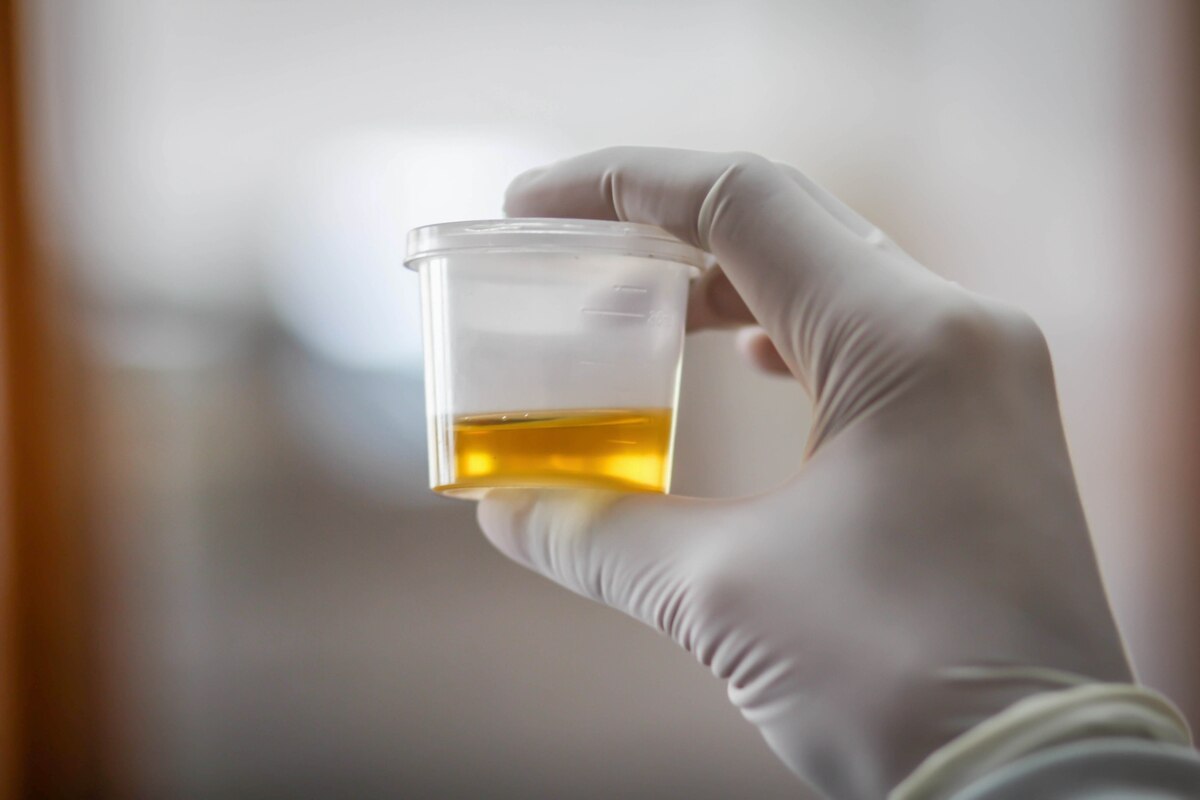Urine colour can reveal useful clues about hydration, diet, medications, and possible health issues.
A recent post on X by Statisense highlighting common urine colours drew public interest, but experts warn that these shades are not diagnostic.
Many colour changes are harmless and temporary, yet persistent or unexplained shifts should prompt medical review.
Below is an evidence-based explainer using information from the NHS, Mayo Clinic, Cleveland Clinic, and WebMD.
Clear urine: often a sign of overhydration
Clear urine usually results from drinking large amounts of water, which dilutes the yellow pigment (urochrome) that gives urine its normal colour.
Occasional clear urine is harmless, but if it remains colourless despite moderate fluid intake, it may indicate liver problems or an issue with how the body handles water.
Doctors advise reducing excessive water consumption and seeing a clinician if the urine stays clear for several days without cause.
Pale yellow: indicator of good hydration
Light yellow or straw-coloured urine generally shows healthy hydration.
The NHS says that pale yellow urine is the ideal colour and indicates the body is well-balanced in its fluid levels. No cause for concern is linked to this colour; maintaining regular water intake is advised.
Dark yellow: warning of dehydration
Darker yellow urine suggests mild dehydration. This happens when the body conserves water, concentrating waste products and pigments.
Health authorities note that drinking two or three glasses of water should restore normal colour within hours. If darker urine persists alongside fatigue, dry mouth, or a strong odour, it may signal more serious dehydration or kidney strain.
Orange urine: caused by vitamins, drugs, or liver issues
Orange urine can appear after taking vitamin B supplements or certain medications such as phenazopyridine (for urinary pain), sulfasalazine (for inflammation), or rifampicin (for tuberculosis). Dehydration can also make urine appear orange.
More serious causes include liver or bile duct problems, especially if accompanied by pale stools or yellowing of the skin and eyes. Persistent orange urine without an obvious cause requires medical assessment.
Brown urine: possible liver or muscle problem
Brown or cola-coloured urine may result from liver diseases like hepatitis, from muscle breakdown after intense exercise, or from certain foods such as fava beans. It may also appear after using drugs like metronidazole or chloroquine.
If the brown shade lasts more than a day or occurs with yellow eyes, pale stools, or tiredness, doctors recommend urgent testing for liver or kidney disease.
Pink or red urine: from foods, medicines, or blood
Beetroot, blackberries, or rhubarb can naturally tint urine pink or red.
However, blood in the urine (haematuria) is another possibility and can stem from urinary infections, kidney stones, an enlarged prostate, or cancers of the bladder or kidneys.
Medications like rifampicin can also cause red tones. If the colour cannot be linked to food or medication, or if it recurs, medical evaluation is essential, especially when the urine is red but painless.
Blue or green urine: usually dyes or medication
Blue or green urine is rare but may occur after eating foods with artificial colouring or using medicines like amitriptyline (an antidepressant), indomethacin (a pain reliever), or propofol (an anaesthetic).
Certain bacterial infections, especially with Pseudomonas species, can also produce greenish urine. These colours are usually harmless and short-lived, but if unexplained, they warrant a medical check-up.
Foamy urine: possible sign of excess protein
Urine that looks foamy can simply be due to a fast urine stream, but consistent foaming may suggest protein in the urine, known as proteinuria.
This can be linked to kidney damage, diabetes, lupus, or high blood pressure. Doctors recommend testing if the foam persists or is accompanied by swelling, fatigue, or reduced urination.
Urine colour offers a quick view into hydration and body function, but it is not a medical test. Most changes are linked to fluid intake, diet, or harmless causes.
However, brown, red, blue, or foamy urine that lasts more than a day could indicate liver, kidney, or infection-related issues. When unsure, consult a qualified healthcare provider for proper diagnosis rather than self-assessment.






